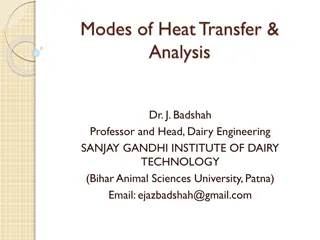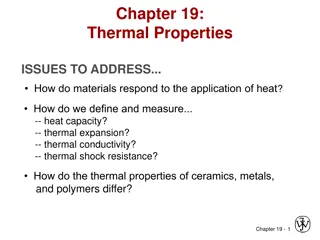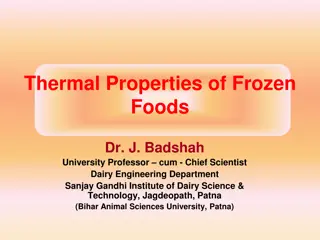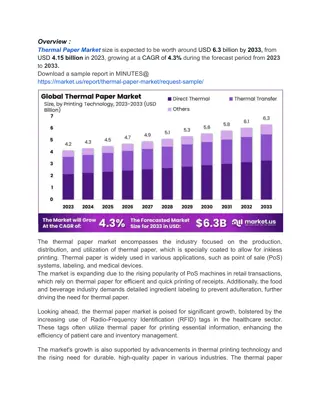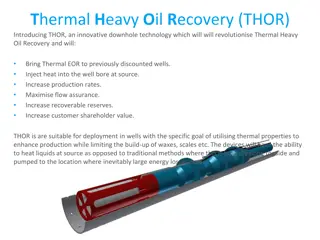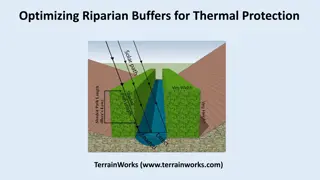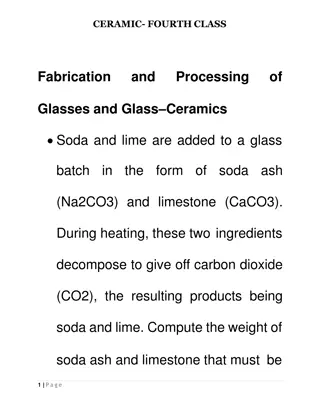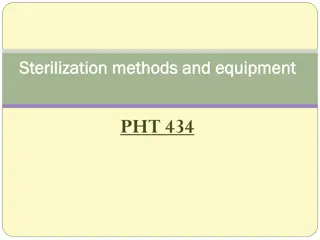
Handling Thermal Connections in COMSOL Multiphysics
Explore how the Thermal Connection, Layered Shell, Edges feature in COMSOL addresses challenges with thin volumes by establishing temperature continuity through edges. The tutorial demonstrates setting up this coupling node and compares results between configurations involving Heat Transfer in Solids and Heat Transfer in Shells interfaces.
Download Presentation

Please find below an Image/Link to download the presentation.
The content on the website is provided AS IS for your information and personal use only. It may not be sold, licensed, or shared on other websites without obtaining consent from the author. If you encounter any issues during the download, it is possible that the publisher has removed the file from their server.
You are allowed to download the files provided on this website for personal or commercial use, subject to the condition that they are used lawfully. All files are the property of their respective owners.
The content on the website is provided AS IS for your information and personal use only. It may not be sold, licensed, or shared on other websites without obtaining consent from the author.
E N D
Presentation Transcript
Thermal Connection, Edges COMSOL
Background Thin volumes can be difficult to handle from a geometry or mesh point of view Some volumes of a geometry may be replaced by shells In such cases, the multiphysics coupling node Thermal Connection, Layered Shell, Edges establishes the continuity of the temperature field between the volumes and shells through edges This tutorial model shows how to setup the coupling node, and tests the results of a configuration combining Heat Transfer in Solids and Heat Transfer in Shells interfaces versus this same configuration with only a Heat Transfer in Solids interface
Top shell Model Definition In all configurations, the main bodies are made of copper, the layered domains are made of an aluminum layer and a silica glass layer, and the layered domains are connected to the main bodies at different positions by their edges Central shell Copper body Silica glass layer Aluminum layer In the reference configurations, all domains are modeled as volumes Bottom shell In the shell configurations, the layered domains are modeled as shells Model geometry
Model Definition Fixed temperature In all configurations, fixed varying temperatures are applied on bottom boundaries In the reference configurations, temperature continuities between the bodies and the layered domains are naturally ensured by the contacts of the solids Fixed temperature In the shell configurations, the temperature continuities are ensured by the coupling nodes Fixed temperature Model boundary conditions
Results Temperatures vary continuously between the main bodies and the layered domains The shell configurations reproduce the behaviors of the reference configurations Temperature distribution
Results The figure shows the shells and reference temperatures through the thickness in the layered domains for all three tested locations The shell configurations match with the reference configurations thanks to the Thermal Connection, Layered Shell, Edges multiphysics couplings Temperature comparison in the layered domains




